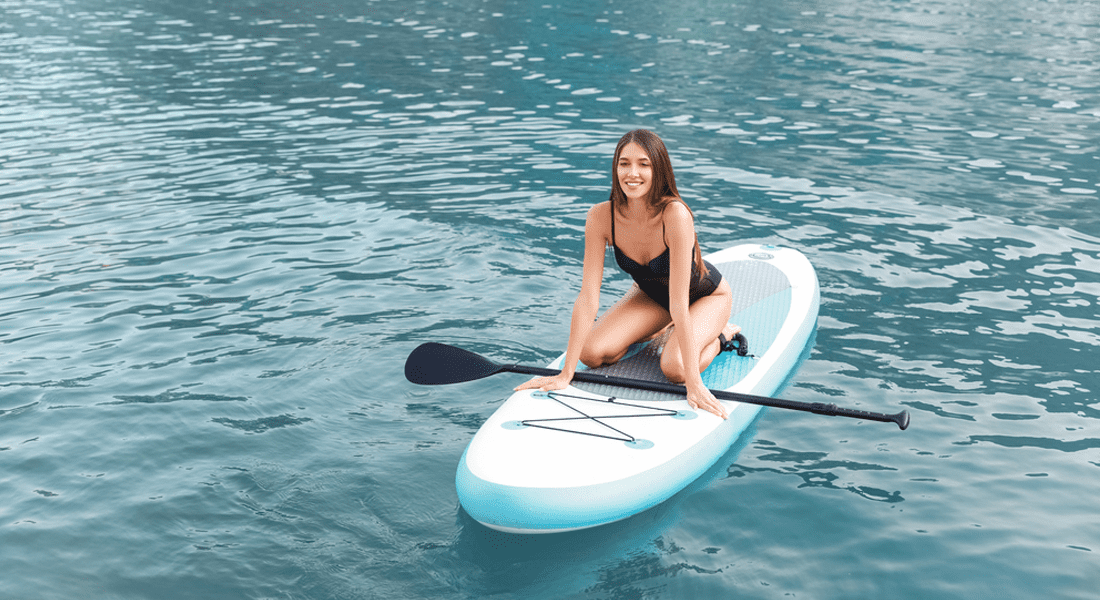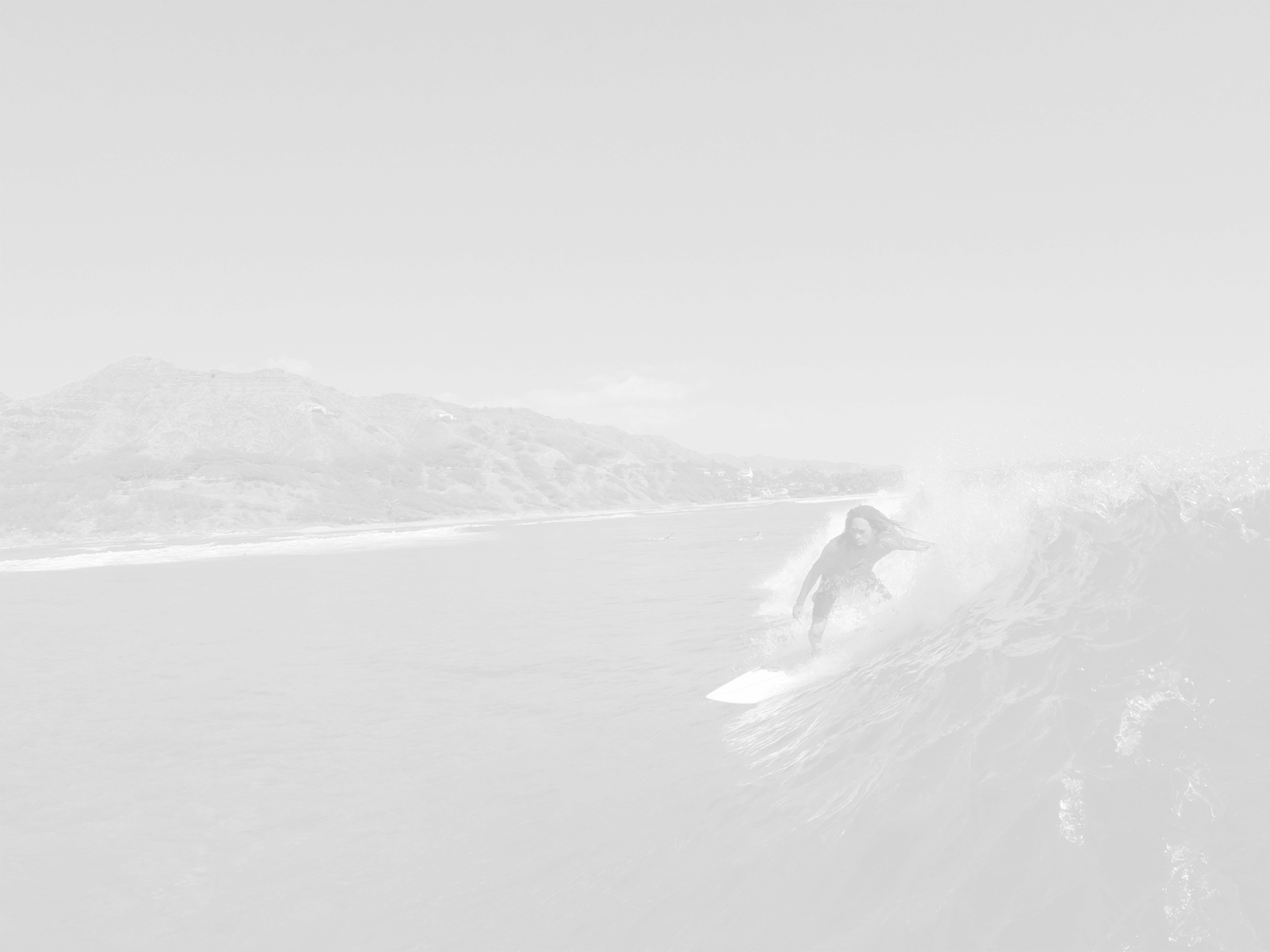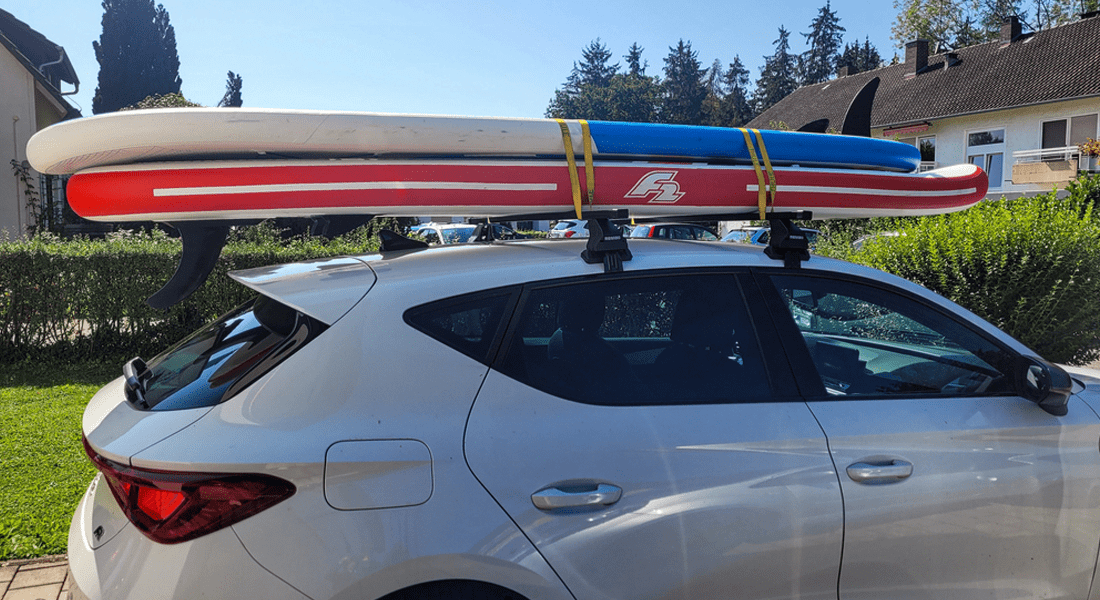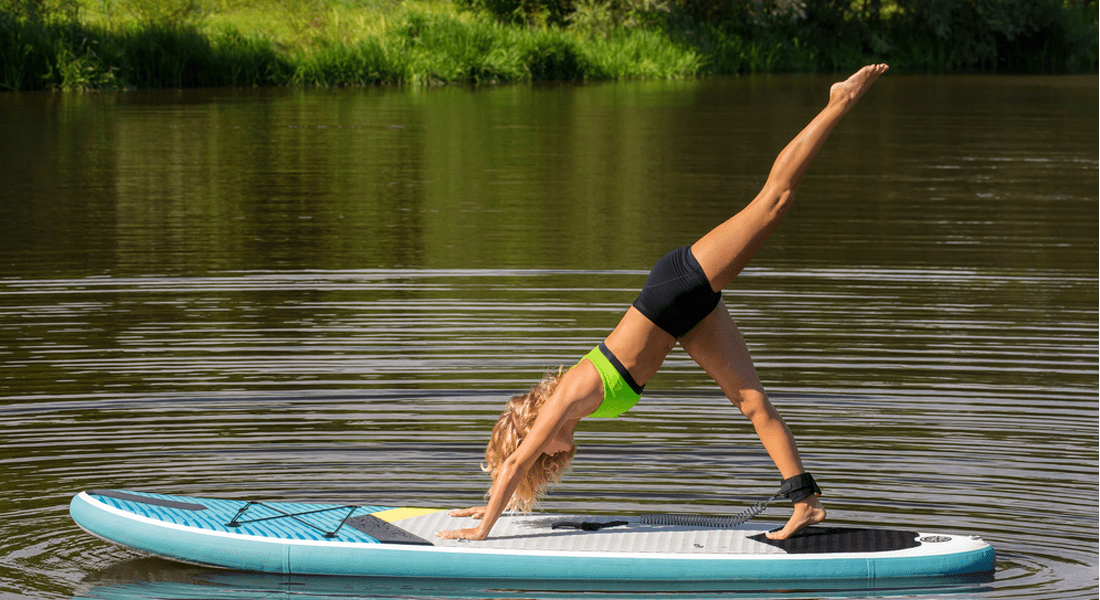Blog
Inflatable Paddle Board Vs. Solid – What’s The Difference?
When choosing between an inflatable paddle board vs. solid one, understanding the key differences can help you make an informed decision. Both types have unique advantages and are suited to different activities and environments. This comprehensive guide will break down the differences to help you determine which is the best fit for your paddling needs.
Durability and Construction
Inflatable paddle boards, or iSUPs, are made from military-grade PVC and drop-stitch construction, making them highly durable and resistant to damage. These boards are designed to withstand impacts with rocks, docks, and other obstacles, making them an excellent choice for river paddling and rough waters. The material's flexibility allows it to absorb impacts without denting or cracking.
Solid paddle boards, often referred to as epoxy boards, are typically constructed from a foam core wrapped in fiberglass or epoxy resin. While they offer excellent performance, they are more susceptible to dings, dents, and scratches.
Portability and Storage
One of the biggest advantages of inflatable paddle boards is their portability. When deflated, they can be rolled up and stored in a backpack, making them easy to transport in a car trunk, airplane, or even a small closet. This convenience makes iSUPs ideal for travelers, apartment dwellers, and anyone with limited storage space.
Solid paddle boards, due to their rigid construction, require more storage space and are less convenient to transport. They must be carried on a roof rack or in a large vehicle, and storing them can be challenging if you have limited space. However, if you have the means to transport and store a hard board, they offer a ready-to-use solution with no need for inflation.
Performance on the Water
Inflatable paddle boards have come a long way in terms of performance. High-quality iSUPs offer impressive rigidity and stability, comparable to that of solid boards. They are particularly well-suited for activities like yoga, fishing, and leisurely paddling due to their soft, forgiving surface. However, they may not match the performance of solid boards in high-speed or competitive situations.
Solid paddle boards generally offer superior performance in terms of speed, responsiveness, and maneuverability. They are preferred by those who participate in SUP racing, surfing, and long-distance touring. The rigid structure allows for more precise control and efficient paddling, making them the choice for performance-oriented paddlers.
Comfort and Stability
Inflatable boards are often praised for their comfort. The softer surface is easier on the feet and reduces fatigue during long paddling sessions. This makes them an excellent choice for beginners and those who plan to spend extended periods on the water. The increased thickness and buoyancy of iSUPs also contribute to greater stability, which can be beneficial for yoga and fishing.
Solid boards provide a stable platform with a consistent feel underfoot. They can be more comfortable for those who prefer a firmer surface and are well-suited for activities that require precise movements, like surfing. Although they may not offer the same level of comfort as inflatable boards, their stability and performance are unmatched in certain conditions.
Cost and Maintenance
Inflatable paddle boards are generally more affordable than solid boards. They also require less maintenance, as they are less prone to damage. Cleaning an iSUP involves rinsing off dirt and debris, and occasional repairs can be managed with a patch kit. Their durability and low maintenance needs make them a cost-effective option for many paddlers.
Solid paddle boards tend to be more expensive due to the materials and construction process. They require more maintenance to keep them in good condition, including regular inspections for dings and cracks and proper storage to prevent damage. Though the initial investment and maintenance costs are higher, solid boards can offer a longer lifespan if well cared for.
Versatility
Inflatable paddle boards are incredibly versatile. They can be used in a variety of water conditions, including lakes, rivers, and oceans. Their durability makes them suitable for both calm and rough waters. Additionally, the ability to transport them easily means you can take them on trips and explore different paddling environments.
Solid boards are also versatile but are often specialized for certain activities. For example, a solid board designed for racing will have different characteristics than one designed for surfing or touring. While they perform exceptionally well in their intended use, they may not be as adaptable to varying conditions as inflatable boards.
Ease of Use
Inflatable paddle boards are user-friendly, especially for beginners. The process of inflating the board is straightforward, and most come with a pump to make the task easier. Once on the water, the stability and comfort of iSUPs provide a forgiving learning experience. Deflating and packing up the board is equally simple, making it a hassle-free option for new paddlers.
Solid boards require no setup time; you simply take them off the rack and hit the water. However, they can be more challenging for beginners due to their firmness and sensitivity to movements. Transporting and storing a solid board may also require more effort, which can be a consideration for novice paddlers.
Travel and Adventure
For those who love to travel and explore, inflatable paddle boards are the perfect companion. Their compact size when deflated allows you to take them on airplanes, hikes, or road trips without hassle. This portability opens up a world of paddling opportunities, from remote lakes to coastal adventures.
While solid boards can also be used for travel, they are less convenient due to their size and transportation requirements. But for local adventures or destinations where you can drive and easily transport your board, they provide excellent performance and readiness.
Choosing the Right Board for You
When deciding between an inflatable
paddle board vs. solid board, consider your lifestyle, paddling goals, and the environments where you'll be using your board. Here are some questions to help guide your decision:
- How often will you paddle: If you paddle frequently and in varied locations, an inflatable board offers convenience and portability. If you stick to local spots, a solid board may be ideal.
- What is your storage situation: Limited storage space favors an inflatable board, while ample storage space can accommodate a solid board.
- What activities do you enjoy: For casual paddling, yoga, and travel, an inflatable board is versatile and comfortable. For racing, surfing, and high-performance paddling, a solid board provides the necessary precision and speed.
For those eager to try paddleboarding or enhance their skills, our
stand-up paddleboarding lessons offer personalized instruction tailored to your needs. At Ohana Surf Project, our experienced instructors will help you master the basics and enjoy a safe, fun paddleboarding experience. Join us today and discover the joy of paddleboarding with confidence.




